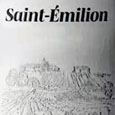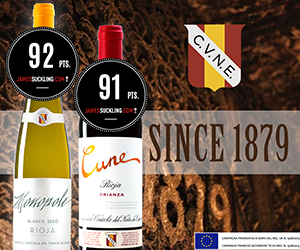This month, a bright orange cheese for Halloween.
Mimolette Extra Vieille was thought to have been born at the request of Louis XIV, who was looking for a native French product to replace the highly popular Dutch Edam. To make it distinct from Edam, it was first coloured using carrot juice and later seasoned with annatto to give it a distinct orange tint. It was a favourite of French President Charles de Gaulle.
Cheese Name: Mimolette Extra Vieille
Origin: Lille, Nord, France
Milk Type: Cow’s milk, raw or pasteurized
Style: Firm, aged cheese with a natural rind.
Mimolette Extra Vieille is made in the north of France, near the Belgium border and was initially fashioned after a significantly aged Edam. Mimolette is sometimes called Boule de Lille because of its history of being made in that northern city.
Mimolette is a delicious cheese but is startling mainly for its unique shape and colour. It has a spherical shape, slightly flattened on the top and bottom, and an amazingly rich orange-coloured interior. The cheese is coloured with Annatto, a seed from the Achiote Tree, usually found in Central America.
When you see a wheel (ball) of aged Mimolette, it almost resembles a cantaloupe, dusty beige on the outside and bright orange when you cut into it. It certainly makes a statement on a cheeseboard.
The natural rind on the outside is slightly dusty greyish brown, mottled, and pitted. This landscape is caused by the rind being eaten by many mites. Although many aged cheeses have some mite activity on the outside, for Mimolette, it is part of the aging process on purpose. The wheels are turned often while maturing, and they are tested with a wooden mallet to check for hollow spots, which will signify wheels that have flaws and will not age as well.
For cheese mongers in North America, the whole ageing /mite situation can be a problem. The CFIA (Canadian Food Inspection Agency) and the FDA have banned the importation of Mimolette at various times throughout the past few decades. Currently, the CFIA allows Aged Mimolette into Canada only if the crust is waxed with a heavy wax to contain the rind. I’m not sure that is sensible, but it is much better than the few years we couldn’t get any.
One of the unfortunate side effects of these bans in the past is that it has driven up the price of aged Mimolette. It now holds the sad, lofty position of being one of the priciest cheeses in our showcase. The rind is extremely hard and not meant for eating, and a 20- 24-month-old wheel is very hard to split and cut perfectly. Its odd shape and density make it a cheese-monger challenge.
Tasting Notes: Mimolette can be bought at different ages, from 3 months to 24 months. The aging makes a huge difference to the taste and look of the cheeses. A three-to-six-month cheese would have a supple paste and a relatively mild flavour, almost like a young Dutch Edam or Gouda. As the cheese ages, it becomes more brittle and more intense in taste. Although you will see some tyrosine crystals, there will be less than in some other cheeses, but this doesn’t detract from the bold flavour. The sweet spot for me is at 20 months. At this age, the wheels have some hazelnut notes, a bit of a caramel finish, and a distinct bitter note that subtly wraps around the other flavours.
Mimolette does resemble some aged Dutch cheeses, but it has its unique viewpoint, and the taste is really unlike any other cheese. A nod to its French personality is that it is said to have been one of Charles de Gaulle’s favourite cheeses.
Pairing and Serving: Mimolette is amazingly good with a carefully chosen bottle of Red or White wine and is as good with a tasty beer. Mimolette Extra Vielle is so stunning and pricey that not too much is needed for pairing as you don’t want to detract or distract from the taste of the cheese. I like it just cut into skinny spears, all on its own.
GOW Suggested Wine Pairings :

 quicksearch
quicksearch









